
Frederick DuCane GodmanDCL FRS FLS FGS FRGS FES FZS MRI FRHS was an English lepidopterist, entomologist and ornithologist. He was one of the twenty founding members of the British Ornithologists' Union. Along with Osbert Salvin, he is remembered for studying the fauna and flora of Central America.
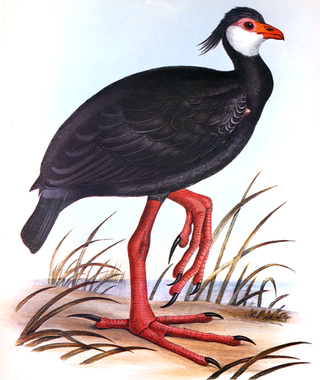
George Robert Gray was an English zoologist and author, and head of the ornithological section of the British Museum, now the Natural History Museum, in London for forty-one years. He was the younger brother of the zoologist John Edward Gray and the son of the botanist Samuel Frederick Gray.

Richard Bowdler Sharpe was an English zoologist and ornithologist who worked as curator of the bird collection at the British Museum of natural history. In the course of his career he published several monographs on bird groups and produced a multi-volume catalogue of the specimens in the collection of the museum. He described many new species of bird and also has had species named in his honour by other ornithologists including Sharpe's longclaw and Sharpe's starling.

Howard Saunders was a British businessman, who later in life became a noted ornithologist, specialising in gulls and terns.
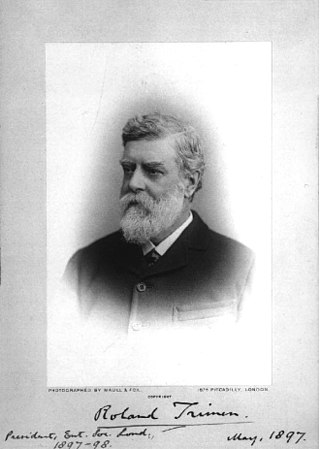
Roland Trimen FRS was a British-South African naturalist, best known for South African Butterflies (1887–89), a collaborative work with Colonel James Henry Bowker. He was among the first entomologists to investigate mimicry and polymorphism in butterflies and their restriction to females. He also collaborated with Charles Darwin to study the pollination of Disa orchids.

Francis Walker was an English entomologist. He was born in Southgate, London, on 31 July 1809 and died at Wanstead, England on 5 October 1874. He was one of the most prolific authors in entomology, and stirred controversy during his later life as his publications resulted in a huge number of junior synonyms. However, his assiduous work on the collections of the British Museum had great significance.
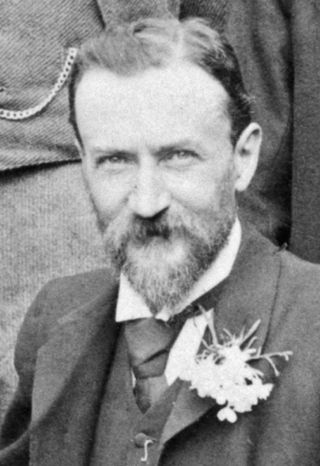
Arthur Gardiner Butler F.L.S., F.Z.S. was an English entomologist, arachnologist and ornithologist. He worked at the British Museum on the taxonomy of birds, insects, and spiders.

Charles Thomas Bingham was an Irish military officer and entomologist.
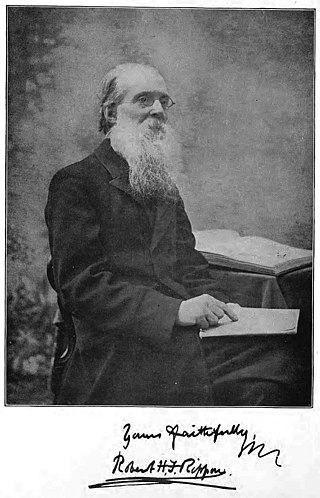
Robert Henry Fernando Rippon was an English zoologist, entomologist and illustrator. He was a musician for a while but took a keen amateur interest in entomology and published a major multi-volume work on the birdwing butterflies, the Icones Ornithopterum (1898-1906). He also wrote Lilliebright; or, Wisdom and Folly: A Fairy Tale, and Other Tales (1856), and a semi-autobiographical novel, Victor; Or, Lessons of Life. a Tale Founded on Fact (1864).
Herbert Druce, FLS was an English entomologist. His collections were acquired by Frederick DuCane Godman (1834–1919), Osbert Salvin (1835–1898), and James John Joicey (1870–1932) before being bequeathed to the Natural History Museum in London.

Papilio jacksoni, the Jackson's swallowtail, is a butterfly of the family Papilionidae. It is found in Africa.
Louis Beethoven Prout (1864–1943) was an English entomologist and musicologist.

Papilio mackinnoni, the Mackinnon's swallowtail, is a species of swallowtail butterfly from the genus Papilio that is found in Kenya, Tanzania, Malawi, Zambia, Angola, Uganda, Zaire, South Sudan, the Republic of the Congo, Rwanda and Burundi.

Percy Ireland Lathy was an English entomologist who specialised in butterflies. He was an acquaintance of James John Joicey and was associated with Joicey's Hill Museum in Witley, Surrey.

Thomas Alexander Barns FZS FES, known in his private life as Alexander Barns, was an English businessman, explorer, big game hunter, author, artist, naturalist and lecturer connected with the opening up of Central Africa by Europeans in the early 20th century.
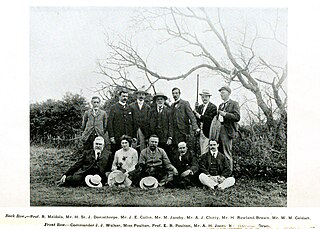
Hamilton Herbert Charles James Druce was an English entomologist who specialised in Lycaenidae and to a lesser extent Hesperiidae. He is not to be confused with his father, the English entomologist Herbert Druce (1846–1913) who also worked on Lepidoptera.
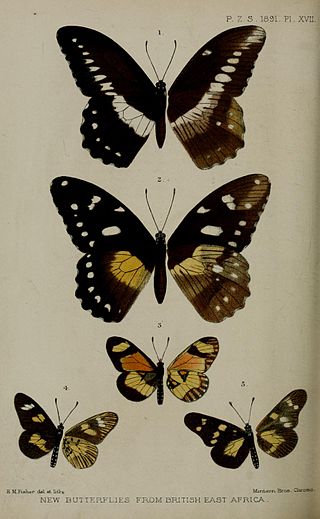
Acraea melanoxantha is a butterfly in the family Nymphalidae. It is found in Uganda and western Kenya.

Acraea oreas, the black-and-white acraea, is a butterfly in the family Nymphalidae. It is found in Nigeria, Cameroon, Angola, the Democratic Republic of the Congo, Sudan, Uganda, Rwanda, Burundi, Kenya, Tanzania and Zambia.
Lieutenant-Colonel Thomas Herbert Elliot Jackson was an English coffee farmer in Kenya. He served as an officer in the British Army during the Second World War, seeing service with the King's African Rifles and as a military administrator in British Somaliland. Jackson served in the Kenyan colonial administration during the Mau Mau Rebellion.

The Bowdler Sharpe sisters were English colourists of ornithological illustrations. Between 1885 and 1910 at least seven of the ten daughters of Richard Bowdler Sharpe worked as colourists, painting lithographs drawn by Claude Wyatt, J.G. Keulemans and Henrik Grønvold. They are credited, sometimes by name and sometimes as a group, as colourists in at least five ornithological books by Sharpe, Wyatt, Joseph Whitaker, Walter Buller, and Frederick DuCane Godman. Their work was noted for its scientific accuracy in matching the correct colours to the birds. The eldest daughter, Emily Mary Sharpe, also worked as an entomologist.
















